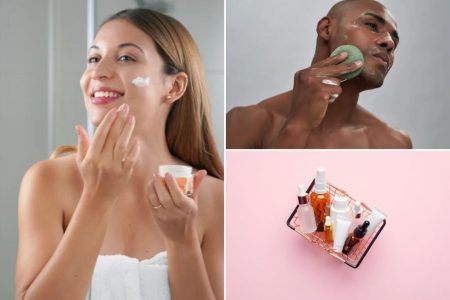4A hair is characterized by having a smoother cuticle layer, reflecting more shine, and having more consistency in defined coils compared to 4B and 4C hair. The differences in the pattern of 4A hair lie in the tightness or reduced diameter of the curl or bend of the hair, resulting in tighter coils. Terms like curly, coily, and kinky are not interchangeable when describing hair texture. Coily refers to tight curls, curly encompasses a range from larger to medium curls in the 3A-C categories, and kinky is often used to describe the size of curls.
It is important to note that 4A hair comes in various textures, with individual strands ranging from as thin as a spider web to as thick as dental floss. It is common for individuals to have a mix of curl patterns within the 4A-C range, making it challenging for people to accurately determine their hair type based on the traditional curl pattern chart. This variability in curl patterns highlights the limitations of the system created by Andre Walker and the need for a more comprehensive understanding of hair diversity.
Haircare for 4A hair involves a balance between shampooing and co-washing to prevent stripping the hair of its natural oils. Sebum takes longer to travel down the hair strand in 4A hair, making over-shampooing potentially damaging. Co-washing, using conditioner to cleanse the hair, can help maintain moisture and reduce the frequency of traditional shampooing. By understanding the unique needs of 4A hair, individuals can tailor their haircare routine to promote healthy, hydrated, and defined curls.
The controversy surrounding the curl pattern typing system stems from its hierarchical nature, which may inadvertently perpetuate the idea that certain hair types are more desirable than others. The system developed by Andre Walker in the ’90s simplifies hair texture classification by focusing solely on curl pattern, while neglecting other factors such as porosity, length, heat or chemical damage, and the presence of multiple curl patterns on the same head. As the beauty industry continues to evolve, there is a growing recognition of the importance of embracing diverse hair textures and promoting inclusivity in haircare standards.
Despite its limitations, the curl pattern typing system remains a valuable consumer tool for identifying products and techniques tailored to specific hair types. The emergence of a variety of products and treatments designed specifically for type 4A-C hair has been a positive development for the natural hair community. Understanding the unique attributes of 4A hair, such as its defined coils, smoother cuticle layer, and ability to reflect shine, allows individuals to select products that address their specific haircare needs and enhance the health and appearance of their curls.
In conclusion, the discussion surrounding 4A hair texture highlights the complex nature of hair diversity and the need for a more nuanced approach to hair classification. While the traditional curl pattern typing system may have its flaws, it continues to serve as a useful tool for consumers seeking guidance on selecting products and techniques for their specific hair type. By embracing the unique attributes of 4A hair and understanding the importance of inclusive haircare practices, individuals can celebrate the beauty of diverse textures and promote a more positive and empowering hair culture.













